
South Australian Medical Heritage Society Inc
Website for the Virtual Museum
Home
Coming meetings
Past meetings
About the Society
Main Galleries
Medicine
Surgery
Anaesthesia
X-rays
Hospitals,other organisations
Individuals of note
Small Galleries
Ethnic medicine
- Aboriginal
- Chinese
- Mediterran
The “Repat” Museum
Acknowledgment: We are grateful to David Ennis and his wife Maxine for the photographs and information about the Repatriation General Hospital Museum . .
The Repatriation General Hospital in Daw Park dates back to 1942 when it became the 105 Australian Military Hospital. From 1947 until 1995 the Repatriation Commission controlled its activities and the care was focused on veterans and war widows as well as a small number of local residents. Currently the South Australian Government administers the hospital. It has 270 hospital beds and all the usual acute facilities. It is associated with Flinders Medical School , and is actively involved in teaching and research.
The Museum itself opened in 1992 on the fiftieth anniversary of the hospital. It contains a wealth of memorabilia from the major world wars as well as heritage items from the hospital’s past.
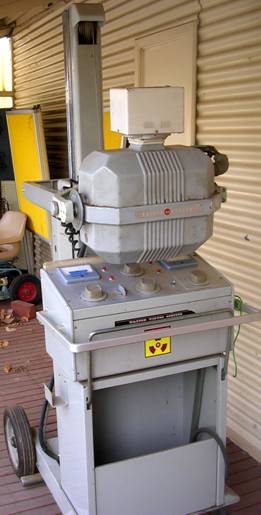
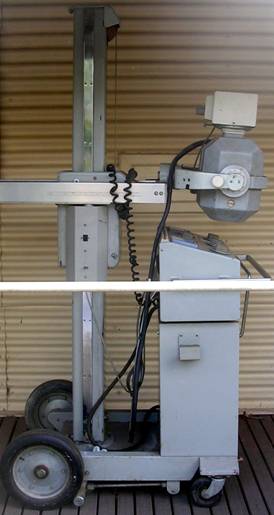 This portable x-ray machine arrived at the hospital in 1947 as part of the Australian Army’s equipment. It was manufactured by the Watson-Victor Company.
This portable x-ray machine arrived at the hospital in 1947 as part of the Australian Army’s equipment. It was manufactured by the Watson-Victor Company.
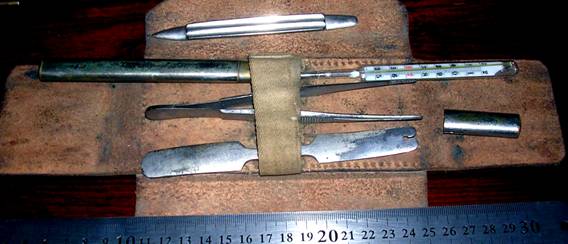
.
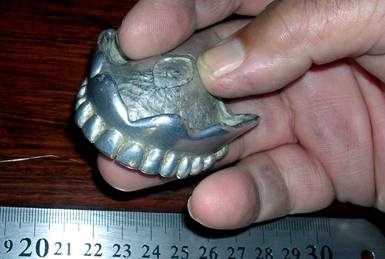
.
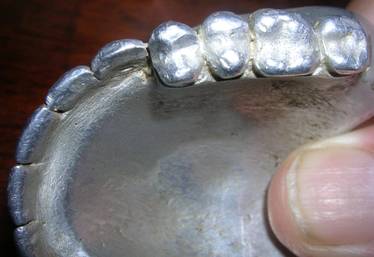
..
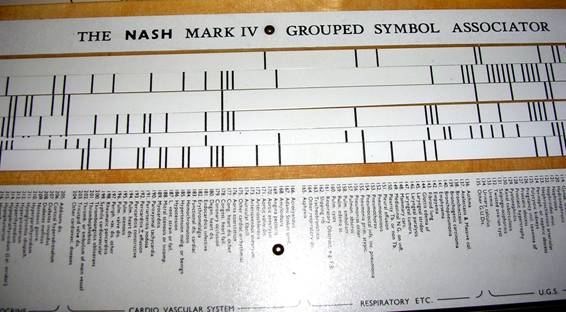
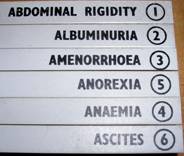
by a solid continuous line
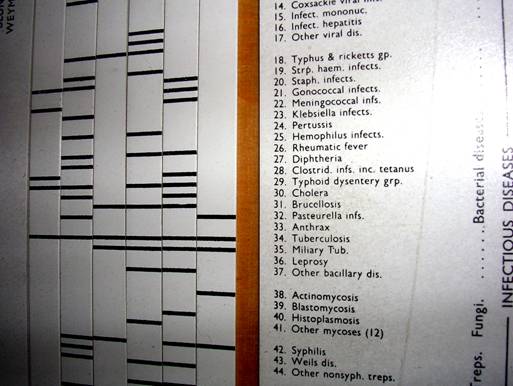

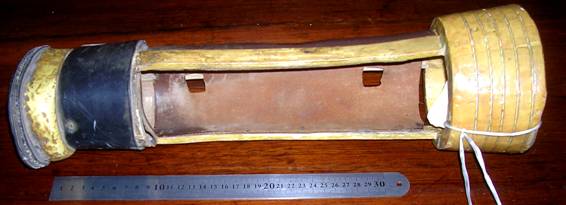
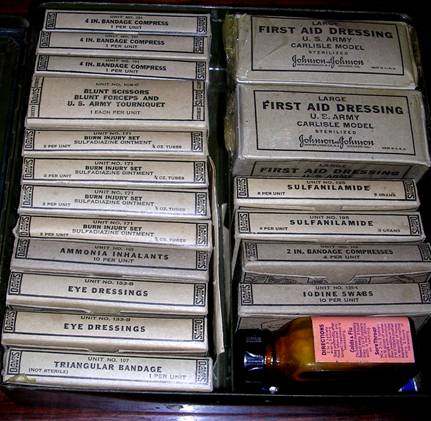
-o0o-